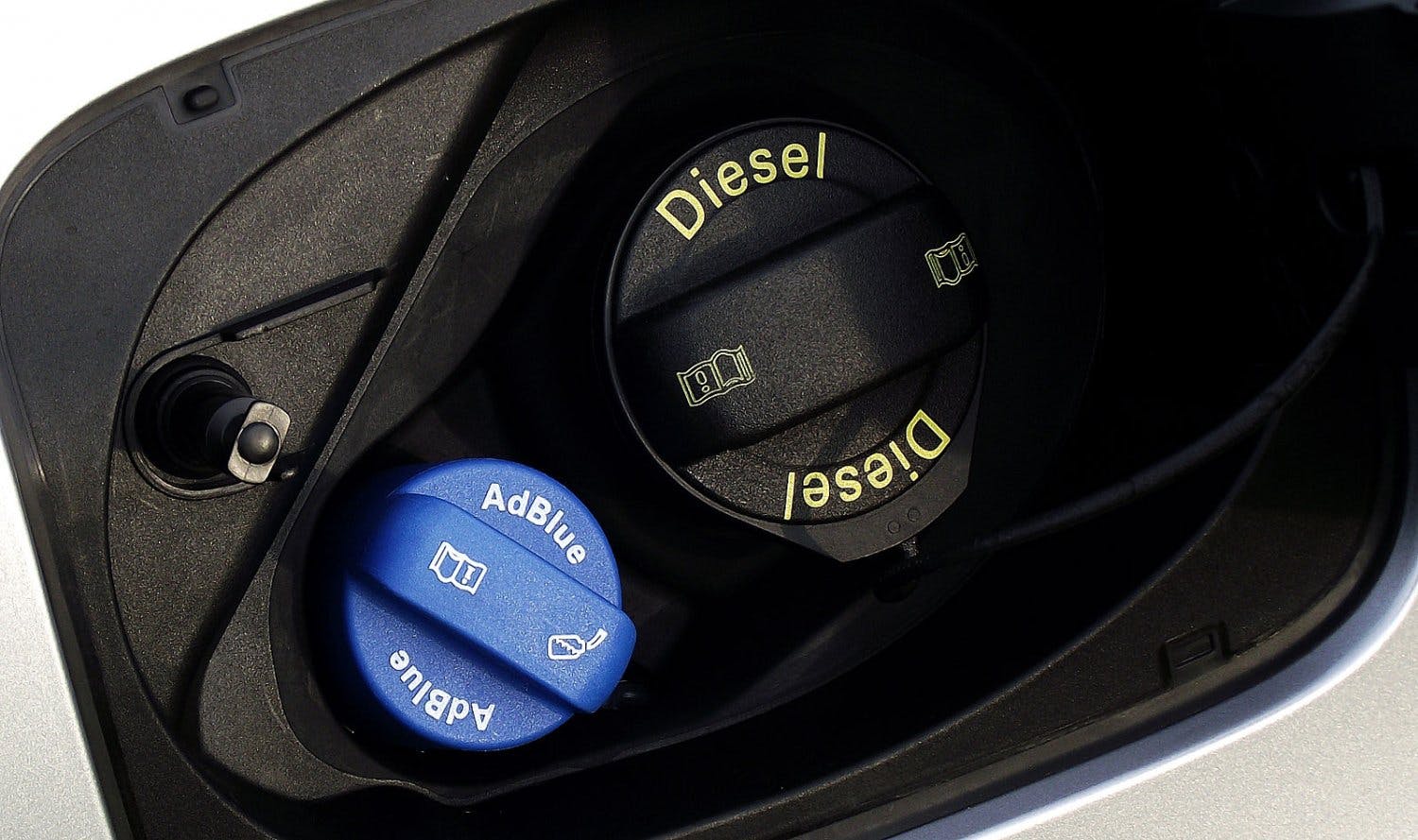AdBlue: How it works, and what happens when you run out of it?

AdBlue belongs to the technologies that are supposed to reduce nitrogen oxide emissions. As emission standards get stricter, they appear more and more frequently in cars equipped with diesel engines. Truck drivers most often topped up this liquid, but with the arrival of the Euro 6 emission standard, car owners within the EU are burdened with this obligation as well.
In short, the Euro 6 emission standard applies mainly to diesel engines. According to this standard, diesel engines should produce half as many emissions as cars that meet the Euro 5 emission standard. Manufacturers have no choice but to advance the technology and try to reduce nitrogen oxide emissions to a minimum.
Table des matières
What is AdBlue for, and how does it work?
The SCR system (so-called Selective Catalytic Reduction) injects the chemical substance AdBlue (a compound of urea and distilled water) into the exhaust pipe. Thanks to the chemical reaction of AdBlue and exhaust gases, AdBlue breaks down into ammonia and carbon dioxide, the ammonia reacting with NOx and eliminating harmless nitrogen and water.
AdBlue consists of 32.5 percent urea, while the remaining part is distilled water. AdBlue is sometimes called an additive, but this is a mistake, as it is never mixed with fuel.
However, the Euro 6 emission standard does not require all diesel cars to have AdBlue as equipment, and there are alternatives, such as the Lean NOx Trap (LNT) system. Its huge advantage is that it is maintenance-free, but on the other hand, it increases fuel consumption.
What happens when you run out of AdBlue?
AdBlue technology is, therefore, a much better solution than the LNT system, especially from the point of view of fuel consumption. However, you can run out of AdBlue since it's not a maintenance-free solution. In such a case, you may be unable to start your car and have no choice but to call a tow truck to the service center.
However, running out of AdBlue is very unlikely. AdBlue consumption is, on average, around 1 liter per 1000 km. Of course, the total range varies with different brands and tank sizes, but in any case, a warning light warns you about the low level of AdBlue.

If you ignore this warning and do not top up the AdBlue liquid, you risk the inability to start the engine. This is not a failure of technology. Car manufacturers are forced by legislation to prevent car operations with exhausted AdBlue. After topping up the AdBlue, you should be able to start the engine again without any problems, as long as there are no other technical defects.
How to top up AdBlue?
Almost anyone can refill AdBlue, and there is no need to disassemble anything. The location of the nozzle for AdBlue is most often next to the filling hole for diesel while adding AdBlue is very similar to adding fuel. If you are refilling AdBlue from a canister, wrap a cloth around the neck to be sure - this applies if the neck is not located next to the fuel opening. You don't want to pour this liquid on the upholstery of your trunk.
When filling liquid from a filling gun, the same applies to refilling from a canister - be careful when removing the gun for drops that could get either on the upholstery or your shoes.
Many service centers automatically top up the AdBlue liquid for regular inspections, while others check the level. Since, as I mentioned, the mileage varies between different cars, you should not rely on a regular interval, and if the AdBlue light appears, definitely do not ignore it.
Summary and conclusion
A light informs you that the AdBlue liquid is running out well in advance, and in some cases, even an audible signal. A warning message also informs you on the display of some cars, regularly after a certain portion of kilometers driven. You cannot start the engine if you ignore these warnings and run out of AdBlue.
Adding AdBlue is not problematic, and the price is not astronomical, but wrinkles on the forehead can be caused by a malfunction of the SCR system, which takes care of injecting AdBlue. Unfortunately, the same applies when AdBlue runs out, and thus, a car with a non-functioning/defective SCR system will allow you a maximum range of 1000 km; after this distance, you will no longer be able to start the engine.